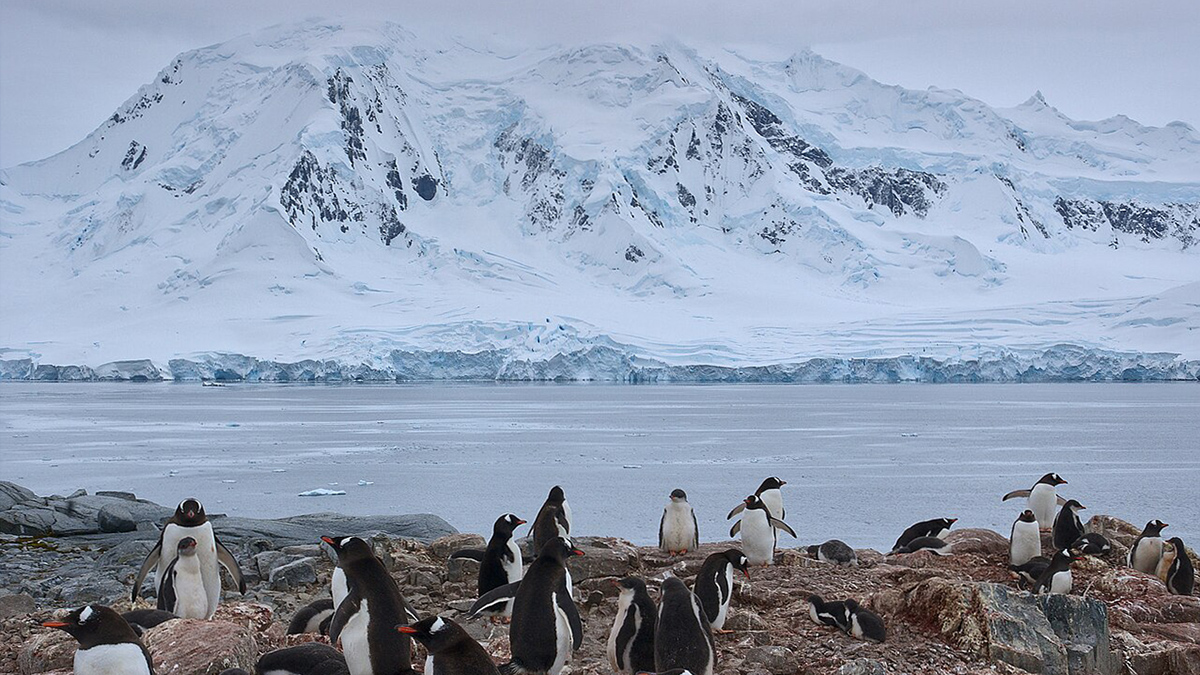Source: Journal of Geophysical Research: Oceans
Submarine canyons around Antarctica tend to have less sea ice, higher sea surface temperatures, and more biomass such as phytoplankton blooms than the shelves they cut into. Phytoplankton blooms feed Antarctic krill, making these canyons an attractive feeding ground for larger predators such as penguins, who make permanent homes for foraging and breeding on the shores surrounding submarine canyons.
Previous studies suggested that, as on a farm, the phytoplankton blooms that attract predators were locally grown, supported by the upwelling of nutrient-rich water. But newer research shows that water moves through the canyon more quickly than phytoplankton can accumulate, so it is likely that currents transport most of the surface biomass into the canyon from other parts of the ocean. Canyons therefore act more like biomass supermarkets, to which food is delivered, than like farms.
McKee et al. examined to what degree phytoplankton grow locally in Palmer Deep canyon on the western Antarctic Peninsula versus being transported in by ocean currents. To do so, they used high-frequency radar to measure ocean currents and satellite imagery taken hours to days apart to measure levels of surface chlorophyll, a proxy for phytoplankton.
The results showed that both processes were occurring. Ocean currents appeared to bring in much of the phytoplankton that flowed on the western side of the canyon, making it more like a supermarket, the researchers write. In contrast, more phytoplankton seem to be growing in place on the eastern flank, making it more like a farm.
The authors also examined how the movement of water correlated to plankton growth, by tracking chlorophyll levels in moving parcels of water. In general, they found that water parcels that saw an increase in phytoplankton levels as they moved through the canyon tended to exhibit more clockwise motion, whereas parcels that saw decreasing phytoplankton levels showed more counterclockwise rotation. (Journal of Geophysical Research: Oceans, https://doi.org/10.1029/2024JC022101, 2025)
—Rebecca Owen (@beccapox.bsky.social), Science Writer


